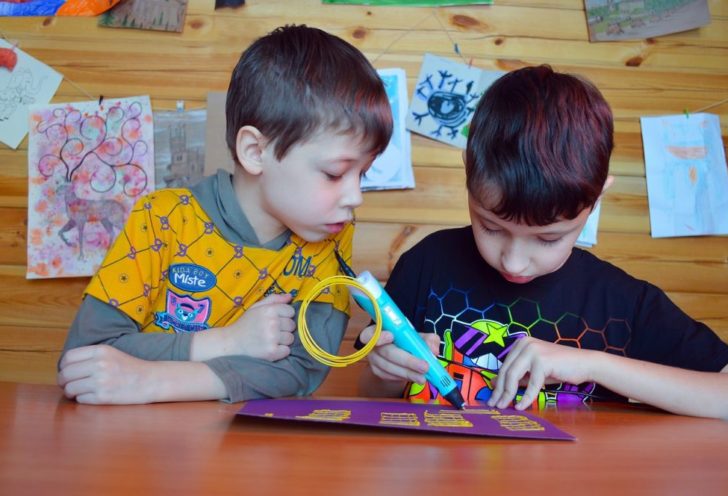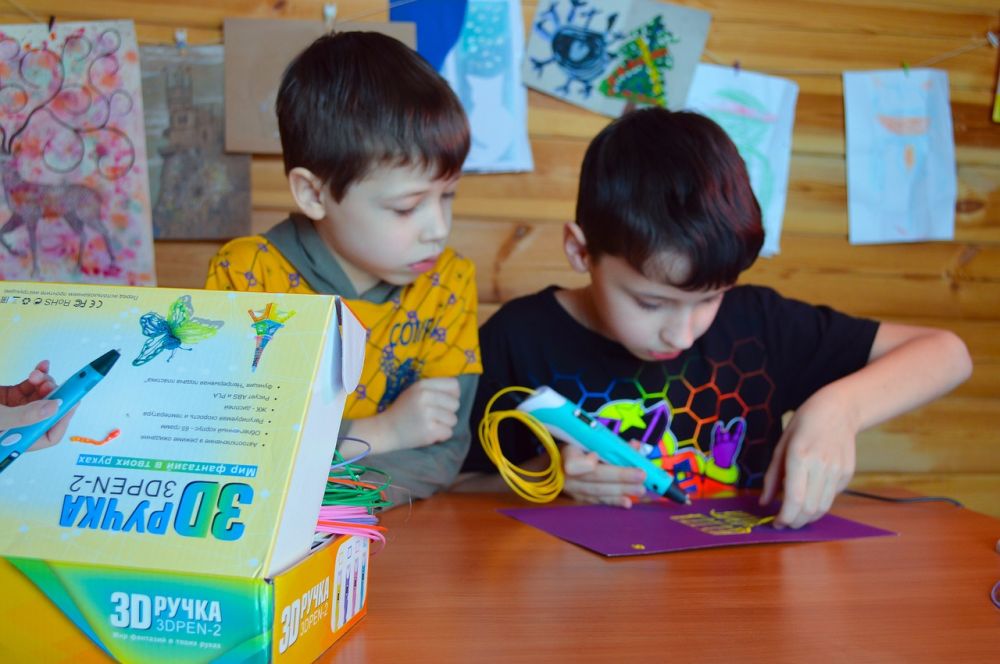Ipren for children – an in-depth guide

Introduction:
Ipren is a commonly used medication for pain relief and reducing fever in children. In this article, we will provide a comprehensive overview of Ipren for children, including its types, popularity, quantitative measurements, differences between various options, and a historical review of its advantages and disadvantages. This guide aims to cater to the needs of parents and individuals seeking detailed information on this topic.
I. Overview of Ipren for children:

Ipren, also known by its generic name ibuprofen, is a nonsteroidal anti-inflammatory drug (NSAID) commonly used to relieve pain, inflammation, and fever in children. It belongs to the class of drugs called non-selective NSAIDs, which work by inhibiting the production of certain chemicals in the body that cause pain and inflammation. Ipren is available in different forms, such as tablets, suspensions, and chewable tablets, making it easier to administer to children.
II. Presentation of Ipren for children:
1. Types of Ipren for children:
a. Tablets: Ipren tablets are typically available in different strengths, allowing parents to choose the appropriate dosage for their child’s age and weight.
b. Suspensions: Ipren suspensions are liquid formulations, specifically designed for younger children or those who have difficulty swallowing tablets.
c. Chewable tablets: These tablets are formulated with a pleasant taste, making it easier for children to take them.
2. Popular Ipren brands for children:
a. Dolex: Dolex is a well-known brand that offers a range of Ipren products for children, including tablets and suspensions.
b. Nurofen: Nurofen is another popular brand that offers a variety of Ipren options, including chewable tablets and suspensions.
III. Quantitative measurements of Ipren for children:
1. Recommended dosage:
– The recommended dosage of Ipren for children depends on their age and weight, and it is crucial to follow the instructions provided by healthcare professionals.
– For example, children aged 6-12 years may typically be advised to take 200-400 mg of Ipren every 6-8 hours, with a maximum daily dose of 1,200 mg.
2. Safety considerations:
– It is essential to measure the dosage accurately using the provided measuring device or syringe to avoid overdosing or underdosing.
– Parents should always consult healthcare professionals regarding the appropriate dosage for their child.
IV. Discussion on the differences between various Ipren options for children:
1. Absorption rate:
– Some Ipren formulations may have a faster absorption rate, leading to quicker pain relief, while others may have a slower but more prolonged effect.
– Chewable tablets, for example, are known to be quickly absorbed, making them a suitable option for sudden pain or fever.
2. Onset of action:
– The onset of action varies among different Ipren options. While some may provide relief within 30 minutes, others may take longer.
– Parents can choose the most suitable option based on the urgency of their child’s condition.
3. Duration of action:
– The duration of action also varies. Some Ipren options may provide relief for 4-6 hours, while others can last up to 8 hours.
– Understanding the duration of action can help parents plan the administration of medication accordingly.
V. Historical review of advantages and disadvantages of Ipren for children:
1. Advantages:
– Effective pain relief and reduction of fever in children.
– Availability in various forms, catering to different age groups and preferences.
– Wide range of options from trusted brands.
2. Disadvantages:
– Potential side effects, such as stomach upset, headache, or allergic reactions, although these are typically rare.
– The need for accurate dosing and adherence to recommended guidelines.
– Not suitable for all children, as some medical conditions or medications may contraindicate its use.
Conclusion:
Ipren for children is a widely used medication for pain relief and fever reduction. Understanding the different types, popular brands, quantitative measurements, differences between options, and historical review of advantages and disadvantages can empower parents to make informed decisions regarding their child’s health. As always, it is crucial to consult healthcare professionals for personalized advice and dosage recommendations.





















